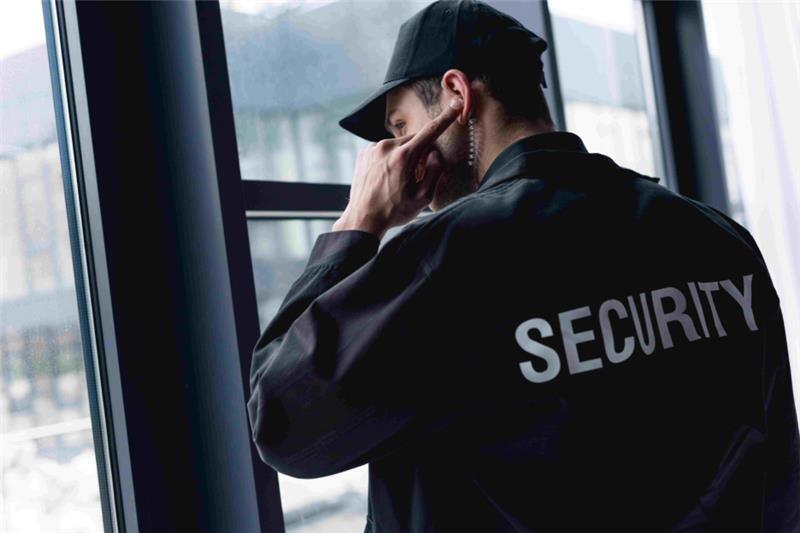If you are exploring opportunities in security jobs in St. Louis, it's important to understand that modern security roles demand far more than physical presence. The ability to identify real threats—accurately and promptly—is a critical skill developed through comprehensive, ongoing training.
Security personnel are trained not just to respond, but to assess risk, remain calm under pressure, and act in accordance with protocol and local laws. Here's a look at how professional security guards are trained to recognize and respond to actual threats.
Situational Awareness and Behavioral Analysis
Effective threat detection begins with strong situational awareness. Security officers are trained to monitor their surroundings with precision, noting both environmental changes and behavioral anomalies. This includes:
- Identifying suspicious conduct, such as loitering, pacing, or repeated unauthorized access attempts
- Recognizing pre-incident indicators like nervous behavior or scanning surveillance equipment
- Distinguishing between harmless activity and behavior that requires further scrutiny
This behavioral analysis is guided by training in what professionals refer to as “baseline deviation”—spotting actions that fall outside the expected patterns for a specific location.
Site-Specific Protocols and Risk Profiles
Every facility presents unique security concerns. Guards are given detailed instructions on the specific characteristics and vulnerabilities of the site they’re assigned to. Training covers:
- Physical layout and blind spots
- High-risk entry points and access control procedures
- Location-specific threat types (e.g., retail theft, industrial trespassing, workplace disputes)
Understanding these details helps security personnel focus their attention on where it’s most needed.
Scenario-Based Training
To prepare guards for real-world conditions, many security companies use live scenario simulations. These exercises recreate common and high-risk situations such as:
- Unauthorized access attempts
- Escalated verbal disputes
- Medical emergencies that could develop into safety threats
- Suspicious packages or unattended items in public spaces
These scenarios are designed to improve decision-making, judgment, and communication under pressure.
Legal and Ethical Compliance
Identifying a potential threat is only part of the job. Knowing how to respond—within legal and ethical boundaries—is equally important. Training includes:
- Local and state laws regarding detainment, use of force, and citizen's arrest
- Proper documentation and incident reporting practices
- Communication protocols with law enforcement and emergency responders
This ensures that guards act with both authority and accountability.
Emergency Response and Coordination
Security personnel are often the first line of response in an emergency. Training prepares them to:
- Quickly assess and stabilize a situation
- Notify and coordinate with emergency services
- Manage crowd control and secure affected areas
Their ability to remain composed and follow procedures can significantly impact the outcome of a crisis.
Technology Integration
Modern security training includes the use of electronic surveillance systems, access control technology, and incident logging platforms. Guards are trained to:
- Monitor and interpret security footage and access data
- Use mobile communication devices and reporting tools
- Respond to digital alerts and system flags appropriately
Proficiency with technology enables faster, more informed responses to emerging threats.
Begin a Professional Career in Security
Sentry Security provides extensive training for security jobs in St. Louis. You'll learn how to think critically, spot the difference between normal and risky behavior, and respond with confidence. You’ll also be working with one of the area’s most experienced private security teams.
Start your application now and see how a job in security can lead to a long-term career built on professionalism, trust, and responsibility.
 Sentry
Sentry